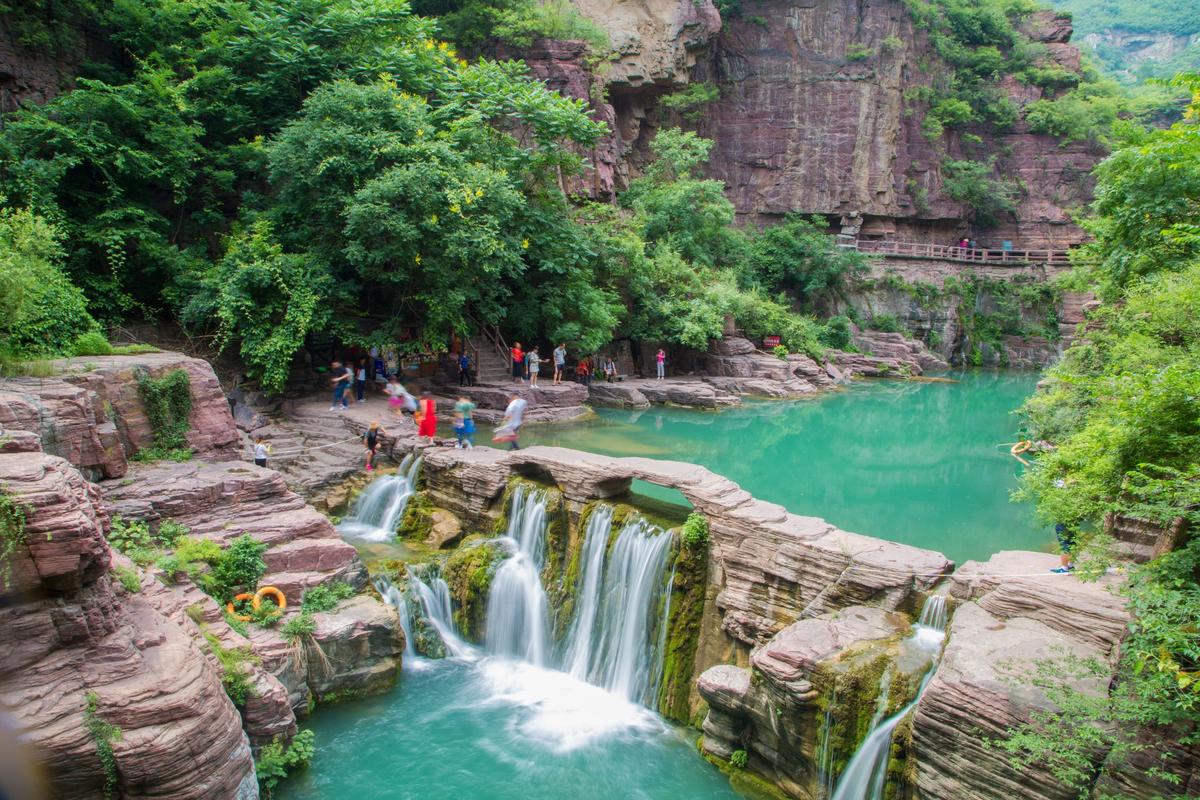The Fascinating Concept of Rites of Passage
Rites of passage are found in almost every culture and are a significant ritual for individuals to mark significant transitions in their lives. Whether it is a religious ceremony, social acceptance, or personal growth, rites of passage have deep-rooted meanings and underpin cultural practices worldwide. While the aim is often similar, many aspects of these rituals differ, including the age, gender, purpose, and cultural rituals performed. Let’s explore commonalities and differences of rites of passage in various cultures.
The Common Mesoamerican Rite of Passage
Mesoamericans had a common ritual marking the journey from childhood to adult. At around the age of 16, Aztec boys were expected to undergo a physical and mental trial to prove their readiness for manhood. It included fasting for four days, followed by the consumption of hallucinogenic mushrooms, which led to intense hallucinations interpreted as messages from deities. They also received marks on their arms and legs with obsidian blades or thorns that left scars as a testament to their courage and strength. The girls’ transition was less severe and centered around chastity, where they learned domestic skills from their mothers and grandmothers.
Aboriginal Australian’s Rite of Passage
The Aboriginal Australians perform a rite of passage called ‘Walkabout,’ where young males go on spiritual journeys for up to six months, navigating their way through the Australian outback. It is a way to connect them with the land, understand their heritage, and undergo spiritual transformation. They are expected to return to their communities with a greater sense of purpose, responsibility, and respect. Girls, on the other hand, undergo a similar, less-strenuous process called ‘Becoming a Woman,’ where they are trained in domestic tasks, pregnancy, and childbirth.
The Jewish Ritual of Passage
The Jewish culture practice ‘Bar Mitzvah’ and ‘Bat Mitzvah’ to celebrate the coming of age for boys at 13 and girls at 12, respectively. It marks the time when they are responsible for upholding Jewish laws and commandments. During the ceremony, the boys read Hebrew passages from the Torah, while the girls do the same from the Torah and interpret it as an expression of their identity. It is a significant milestone in the Jewish culture, and families often celebrate by throwing parties and feasting with friends and family.
The Challenging Masai Mara Rite of Passage
The Masai Mara, a semi-nomadic tribe that lives in Kenya and Tanzania, has a significant rite of passage called ‘Emuratare’ for boys aged between 12 to 15. It comprises of circumcision and the challenges to overcome physical pain, bravery, and strength. After circumcision, the boys must go through grueling routines, such as staying outdoors for six months, drinking only blood and milk, and undergoing mud baths. The tribe believes that the young men become warriors after graduating from this rite of passage.
Conclusion
In conclusion, rites of passage are an essential cultural milestone in societies worldwide, marking significant transitions in individuals’ lives. Emotions such as celebration, transformation, and, in many cases, physical pain, are common throughout these rituals. Each culture might have a distinct way of marking transitions and preparing their youth for adulthood, but they share an underlying belief that the transition is necessary for growth and development. Understanding and appreciating these commonalities and differences give us insight into various cultures.
(Note: Do you have knowledge or insights to share? Unlock new opportunities and expand your reach by joining our authors team. Click Registration to join us and share your expertise with our readers.)
Speech tips:
Please note that any statements involving politics will not be approved.
